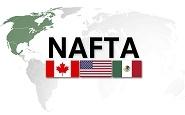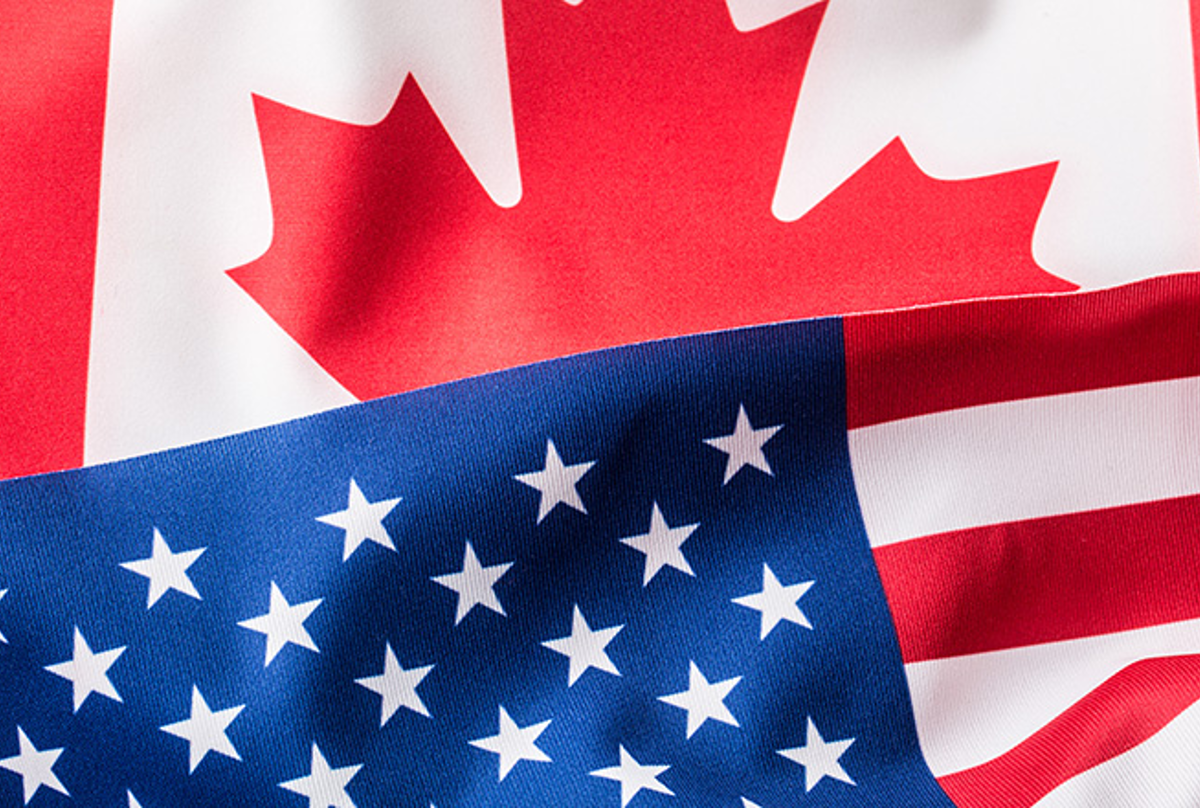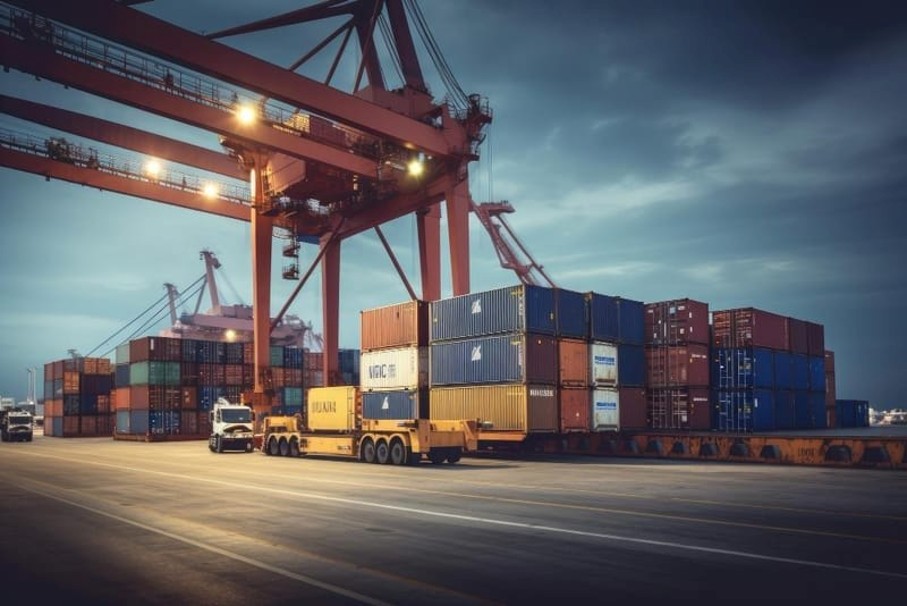Government/Policy

November 20, 2017
USTR Publishes NAFTA Objectives; Meets Continued Resistance
Written by Sandy Williams
The office of the U.S. Trade Representative has finally updated its summary of NAFTA objectives in response to pressure from the Senate Finance Committee to provide transparency regarding the negotiations.
Ron Wyden (D-OR) put the confirmation of two deputy USTR nominees on hold until the updated objectives were made public. Wyden said the summaries are “critical to provide a window into the process so that the public — and their representatives in Congress — can provide relevant input into the talks.” He added that the American public should not have to rely on media reports to “know what the government is purportedly seeking on its behalf.” The confirmations will move forward, but hearings on the nominations are not expected to be scheduled until the tax reform legislation is settled.
“This update is an important next step in ensuring that the American people continue to know what the Trump administration is seeking to achieve in a renegotiated NAFTA,” said U.S. Trade Representative Robert Lighthizer. “If we are able to achieve these objectives, we will both modernize and rebalance NAFTA to better serve the interests of our workers, farmers, ranchers and businesses.”
The updated summary reiterates the U.S. desire to improve the trade balance and reduce the trade deficit with its NAFTA partners, but does not include the specific details that have been discussed during the negotiations.
For instance, the U.S proposed during negotiations that automobiles have 50 percent U.S. content and 85 percent North American content to avoid tariffs. The new summary repeats verbatim from the original summary: “Update and strengthen the rules of origin, as necessary, to ensure that the benefits of NAFTA go to products genuinely made in the United States and North America.”
However, it changes the wording from the July summary, “Ensure the rules of origin incentivize the sourcing of goods and materials from the United States and North America,” to “Ensure that the rules of origin incentivize production in North America, as well as specifically in the United States.”
One of the most contentious proposals the U.S. has submitted during negotiations is a five-year sunset clause that would terminate the agreement unless all three parties agree to extend it. The updated summary of objectives stops short of mentioning termination or sunset clause, and instead adds under general provisions: “Provide a mechanism for ensuring that the Parties assess the benefits of the Agreement on a periodic basis.”
It is the small changes that negotiators and analysts look at to determine whether the U.S. is showing any flexibility in its demands. A “mechanism” and “periodic basis” sounds much more palatable than the idea of potentially scrapping the agreement after five years if a NAFTA member is unsatisfied. The original objectives published in July 2017 can be found here and compared with the latest summary link provided at the start of this article.
So far, Canadian and Mexican negotiators are not seeing any significant flexibility from the U.S. negotiators.
“The talks are really not going anywhere,” said Jerry Dias, president of Canada’s largest private-sector union Unifor, on Sunday. Dias, who advises the government and regularly meets the Canadian negotiating team, added “As long as the United States is taking the position they are, this is a colossal waste of time.”
Canada and Mexico plan to offer presentations to the U.S. arguing that the rules of origin demand would cause serious damage to both the U.S. and North American automotive industries.
Quoting from Reuters, two sources said the following:
“In terms of the automotive sector, the United States´ proposal is insane,” said a Mexican auto industry representative with knowledge of the talks. “You cannot counter-propose such madness.”
The Canadian negotiating team’s presentation will “provide information about how the U.S. rules of origin proposal for autos would damage the continental industry in general and the United States in particular,” the Canadian source said.
“If you move the content requirement to 80 percent, or even to a number lower than that, it will hit the supply chains. You would then have to deal with potentially ill-equipped suppliers that are maybe more expensive,” the source added.
Flavio Volpe, president of Canada’s Automotive Parts Manufacturers Association, argues the proposals would damage North American competitiveness and lead to fewer auto assembly and parts jobs on the continent. Assembly operations that return to the U.S. to meet origins will be more than offset by parts production moving to low-cost production areas in Asia and elsewhere, said Volpe. The NAFTA free-trade benefits will be ignored and car manufacturers will pay the 2.5 percent tariff, he added.
A study released by the Motor and Equipment Manufacturers Association last month shows the United States would lose up to 24,000 auto parts manufacturing jobs if NAFTA content requirements are increased and up to 50,000 jobs if NAFTA is terminated.
Inside U.S. Trade reported that “multiple industry sources said they believe USTR will not be able to defend the numbers it has put forward. But sources said it was unclear how USTR could be compelled to move from its 50 percent domestic content requirement to zero — which is what Mexico and Canada as well as the industries in all three countries are asking for.”







